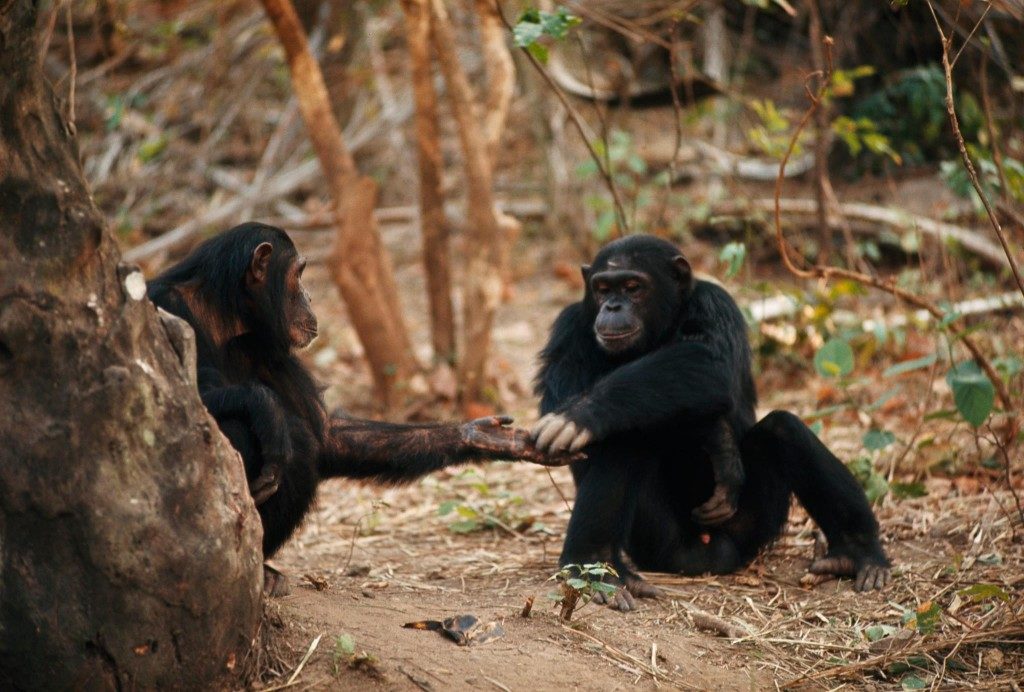An uncertain future
Numerous threats mean chimpanzees face clanger from all angles

Deforestation is arguably the leading cause of population declines; trees are being felled at an alarming rate and the land is being transformed for agricultural use and development. A loss of habitat means less food for chimpanzees and fewer places for shelter, leaving them vulnerable to predators and hunters. Logging can also lead to fragmentation – the breaking up of habitats – isolating individuals and splitting up social groups.
“A loss of habitat means less food and fewer places for shelter, leaving them vulnerable”

The demand for bushmeat has also been increasing, with local people hunting the primates as a source of protein. A high demand for juveniles within the illegal pet trade has also encouraged the killing of adults in order to safely capture young chimps for sale on the black market. Poachers with their sights set on larger animals will often set snares and traps throughout the forests, but inadvertently catch chimpanzees in the process. As a result, these chimps can suffer from debilitating wounds or even die from infection.
As the human population increases, so does the need for resources. In equatorial Africa many mining sites have opened, which have drawn large numbers of workers to the area and increased human encroachment on the chimp’s habitat. As they share so much of our DNA, chimpanzees are highly susceptible to human diseases, so being in such close proximity to humans is hazardous.
At Jane Goodall’s research camp in Tanzania, many chimps have lost their lives to polio and the outbreak of Ebola has had a devastating impact on wild populations. A rise in tourism has seen an increase in the number of people coming into contact with chimpanzees, only increasing the risk of transmitting illness.















